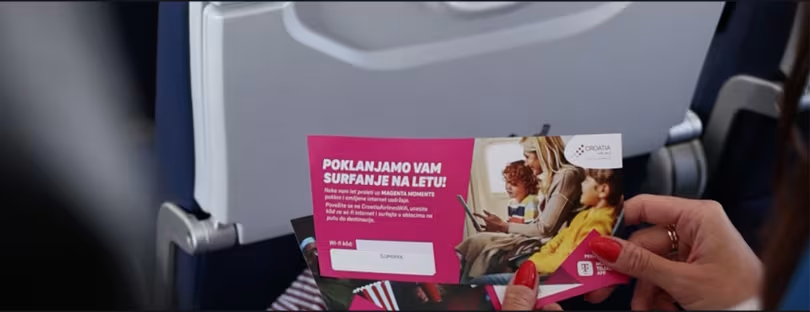
1&1 announced the first live 5G test over an open RAN network
German operator 1&1 says it has run a fully virtual and Open radio access network (RAN) for 5G in test conditions which dispersed data at over a gigabit per second. The successful tests are an encouraging sign for the operator which claims to be transitioning into a fully-fledged mobile operator with none of the ‘baggage’ of its bigger rivals. 1&1 5g
The company’s LinkedIn post said the test ran ‘under real-life conditions with real customer behaviour, delivering impressive results’. “We have achieved speeds of over 1 Gbps and stable data transfers 8 terabytes per customer within 24 hours!” it said, adding that it was particularly pleased with latency times of 3ms.
These speeds may not be easily replicated in a real-world setting, noted Harry Baldock in Total Telecoms. In test conditions, Telefónica Deutschland achieved data speeds of 1.7 Gbps but delivered data to customers at just 131.4 Mbps, on average, and that was recorded as the fastest 5G service in Germany.
However as 1&1 pointed out in its statement, it is building a flexible network that won’t get bogged down by legacies of hardware or hostilities. “We are building a fully virtualised Open RAN network without dependencies on dominant manufacturers from China, with over 500 edge data centres, gigabit antennas and fibre optic infrastructure.”
Open Ran Technology 1&1 5g
Open RAN is an ongoing shift in mobile network architectures that enables service providers the use of non-proprietary subcomponents from a variety of vendors. An Open RAN, or open radio access network, is made possible by a set of industry-wide standards that telecom suppliers can follow when producing related equipment. Open RAN enables programmable, intelligent, disaggregated, virtualized, and interoperable functions. Specifically, the proprietary remote radio head (RRH) and baseband units (BBUs) are now disaggregated to radio units (RUs), distributed units (DUs), and centralized units (CUs), many of which can be virtualized or containerized. The interfaces between these new components are open and interoperable.
In the summer of 2019, the telecom operator paid the telecoms regulator in Germany €1.07 billion to purchase 210 MHz in the 2.1 GHz band and 50 MHz in the 3.6 GHz band during a national 5G auction. Which spectrum was used to get these recent positive 5G test results remains unclear.
Customers of 1&1 are currently actually utilizing the mobile networks of Telefonica (O2) and Vodafone, but after the two companies signed a national roaming agreement in May 2021, 1&1 will be able to provide its clients with nationwide coverage across Germany while its new, fully virtualized mobile network, which will be based on Open RAN technology, is being built. By 2030, 5G service must be available to half of the German population, according 1&1’s deployment commitment.
In 2019 it declared its aim to become a mobile network operator (MNO) in its own right. It successfully bid for spectrum in the Germany’s 5G auction, paying the regulator €1.07 billion for the 2×10 MHz in the 2.1 GHz band and 50 MHz in the 3.6 GHz band.
Networking software vendor Mavenir described recently how it helped convert the MVNO into a bone fide MNO by giving it a new RAN, Core, and systems for IT, business support (BSS) and charging. The Mavenir Digital Enablement (MDE) created the cloud software conditions in which a converged charging system (CCS) and a charging gateway function (CGF) could be installed to support charging on a blend of 4G and 5G network technology.









